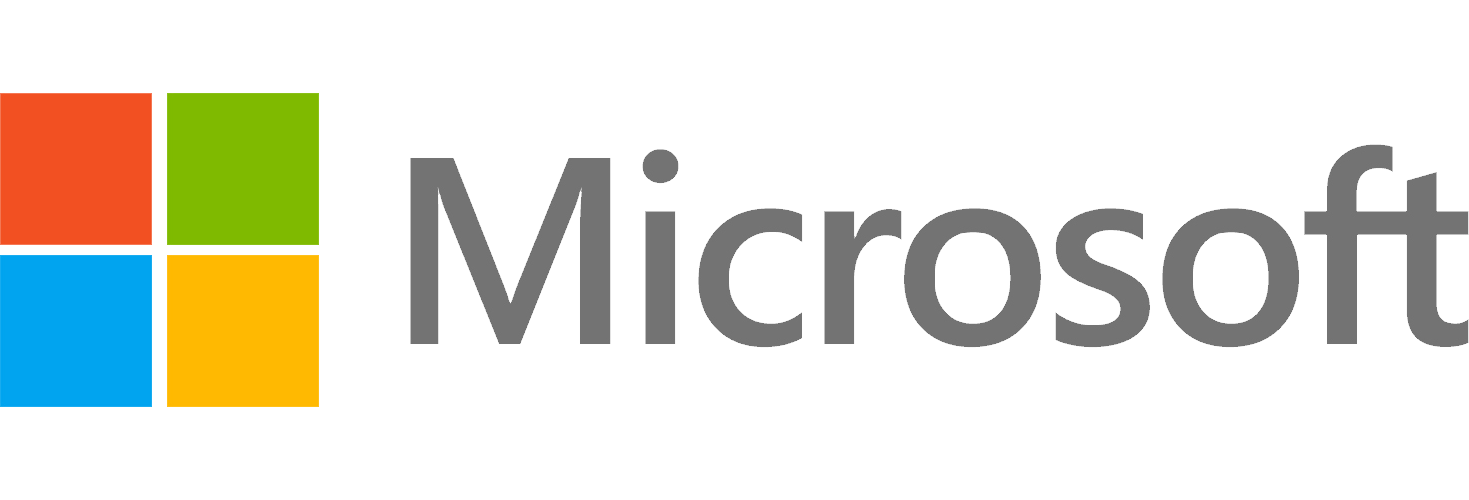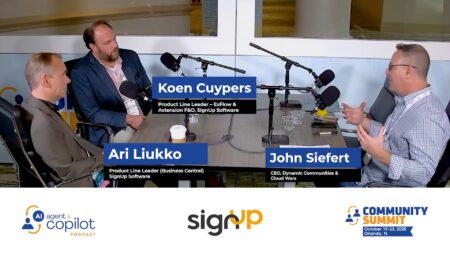
Data — its storage, management, and security — remains a core business priority but it was nonetheless overshadowed by artificial intelligence (AI) in 2023.
In 2024, expect to see the lines between AI-generated data and human-generated data grow even more blurry. Modernization will become pivotal as companies evaluate how data is captured, secured, accessed, analyzed, and moved in the era of artificial intelligence and GenAI.
Key questions that tech decision-makers must consider in 2024 include:
- How are data and AI working together to address the functions outlined above?
- What do data operations look like in the era of AI?
- What products or services can help companies effectively balance their data, AI, and data+AI initiatives?
- How is the role of humans changing as data and AI become more interdependent and continue their evolution?
I’ll address each of these questions below, as part of this analysis on 5 Data Products to Watch in 2024, but some will be left as a challenge to you as you look to modernize your data.
Ask Cloud Wars AI Agent about this analysis
Couchbase Capella IQ
Couchbase has been in the data management market for over a decade and continues to innovate on its platform, which gives customers the flexibility to power applications ranging from the cloud to the edge and everything in between. Some key features of Couchbase’s technology:
- At its core, Couchbase uses NoSQL (not only SQL) to store data in documents and not relational tables like SQL. This approach is the foundation of the Couchbase Server product that combines the strengths of relational databases such as SQL and ACID transactions with JSON’s versatility.
- Couchbase’s Capella product is a DBaaS (database as a service) that delivers multi-model and mobile synchronization capabilities.
- Couchbase’s mobile product is particularly interesting from a data perspective as it helps keep data synced across devices — mobile, IoT, and edge.
- The Autonomous Operator product enables DevOps teams to run, auto-scale, and manage Couchbase as a stateful database application alongside their microservices applications on a Kubernetes platform.
Couchbase continues to innovate with its foray into AI with Capella iQ — a generative AI-powered coding assistant that’s built into the Capella Workbench to help developers become more productive through the use of natural language.
Capella iQ is worthy of close attention in 2024 as Couchbase gets more feedback from developers and expands its partner program. This will open up more creativity as developers spend less time coding and validating, which will accelerate development outcomes.

Gathr Platform
Founded in 2014, Gathr provides a cloud-native, zero-code platform for building machine learning (ML)-powered applications on data at scale, at rest, or in motion. Gathr features include:
- data integration and engineering, which allows customers to create apps using a zero-code, drag-and-drop UI
- a GenAI feature called GathrIQ to search, understand, query, and build in natural language
- an ML self-service, visual canvas to easily build, train, and deploy complex models
- actionable analytics
- workflow and business process automation through its 2023 merger with Klera.
Gathr reports several success stories across multiple industries. For a telecom company that was looking to store, index, and query petabytes of data, Gathr provided the ability to perform real-time, multi-lingual classification and sentiment analysis on its data.
What sparked my interest in Gathr is the company’s “data to outcomes” platform approach. Gathr has carved a unique position as a hub for data unification. While Gathr competes in a crowded market, the company is expanding its availability through greater marketplace reach: it started out on AWS Marketplace but is now also available in the Google Cloud Marketplace. The company aims to make it available on the Azure Marketplace as well in the coming months.
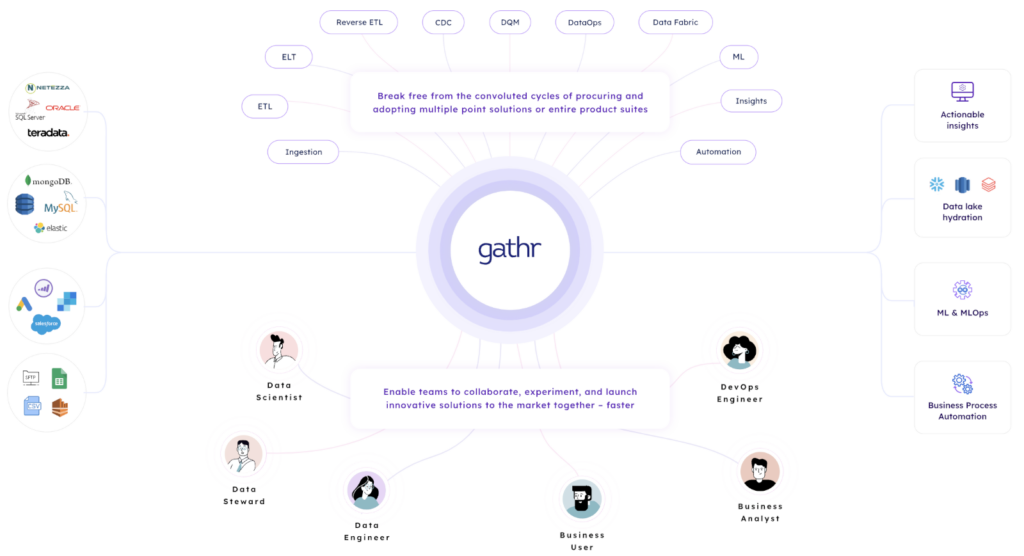
Microsoft Fabric
Introduced in May 2023, Microsoft Fabric is an AI-powered, end-to-end analytics platform that unifies and governs data along with managing AI models. Microsoft Fabric:
- stores all of a company’s data in a OneLake datalake
- manages and creates connectors for different types of data stores through Data Factory
- supports designing, building, and maintaining data infrastructure through Data Engineering
- automatically takes action when patterns or conditions are detected in changing data via Data Activator
- Creates data reports and visualizations via PowerBI
In addition to these capabilities, Microsoft Purview is a solution to govern the entire estate and lineage of data. This is critical in order to monitor movement, accessibility, and data compliance.
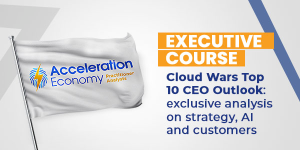
Register for Acceleration Economy’s Cloud Wars CEO Outlook 2024 Course, now available. Featuring exclusive interviews on strategy, AI, and customers with the CEOs of Cloud Wars Top 10 companies.
A key benefit of Microsoft Fabric is that it brings together the various tools detailed above under one umbrella, greatly improving time to value for customers as they don’t need to figure out how to integrate or set up these applications.
I expect Microsoft in 2024 to add more Copilot functionality into Fabric beyond its current offerings. I suspect that Copilot Studio will be expanded to include Microsoft Fabric to create custom AI applications.
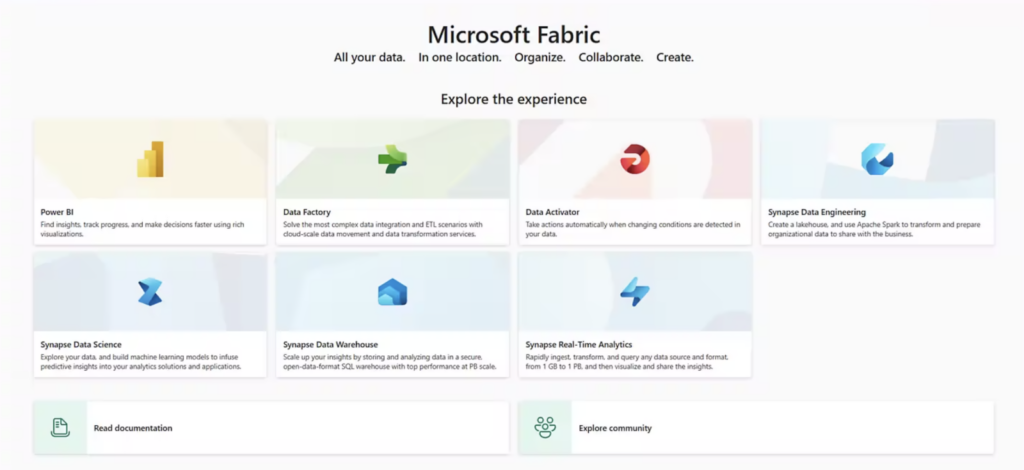
Snowflake Data Cloud
Snowflake has been a major player in the data management market since 2012 and on the Cloud Wars Top 10 for some time. Its Data Cloud platform centralizes storage and management of unstructured, semi-structured, and structured data.
The Snowflake platform features several products including:
- Snowflake Horizon, which manages data governance with a unified set of compliance, security, privacy, interoperability, and access capabilities
- Snowpark, which provides developers the ability to create APIs for Java, Python, and Scala
- Streamlit, which is used to create interactive apps with Python using data and ML models.
A new addition to the Snowflake platform that bridges the gap between data and AI is Snowflake Cortex (currently in private preview). Announced in November 2023, Cortex provides the capability to analyze data and build AI applications with serverless functionality to easily analyze data using SQL or Python.
Further, Cortex brings native large language model (LLM) experiences including: Snowflake Copilot, an LLM-powered assistant to generate and refine SQL with natural language; Universal Search, an LLM-powered search for quickly discovering and accessing data and apps; and Document AI, an LLM-powered experience for data extraction use cases. All three of these applications are in private preview.
For me, Cortex is the beginning of Snowflake’s venture into AI. The next thing I will be on the lookout for is Cortex embedded into Snowflake’s other platforms that manage cybersecurity, data engineering, and data lakes, just to name a few. Further, keep an eye out for Cortex to broaden into Snowflake’s industry applications for tailored AI capabilities.
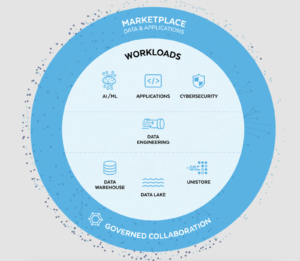
Teradata Vantage Cloud
Teradata combines data fabric and ClearScape Analytics into its VantageCloud product.
The power of data and AI is not lost on Teradata as it has transformed the entire VantageCloud platform to be infused with AI and ML with the introduction of Teradata AI Unlimited. As Acceleration Economy’s Practitioner Analyst Kieron Allen pointed out, this “lets customers investigate, test, and operationalize AI projects at an unlimited scale.” Further, customers can use AI to operationalize any data model built on Azure Machine Learning.
So, how is this brought to life for customers? One example: Brinker International, with 1,600+ restaurants located in 31 countries and U.S. territories, needed to properly staff each restaurant, forecast the ingredients needed for each day’s orders, and provide a positive experience for guests. Teradata provided this to Brinker so that the company could not only address these challenges but also prevent food waste and ensure restaurant cleanliness.
I’m watching Teradata in 2024 to see how AI/ML becomes a catalyst for further innovation by reducing customer investments in data + AI capabilities. AI will become the mediator between people and data to help with data sprawl and I expect Teradata to continue leading on this front.

Closing Thoughts
Where do data and AI begin and end? This is a tough question, but one that each of the above companies are answering in their own way.
I see 2024 as the year of AI productivity enabled by leveraging data platforms. This means that 2023’s big focus on AI rollouts and experimentation will lead to real-world outcomes and realistic customer expectations. Customers will no longer be awed by new AI-powered tools but will want to see and realize how AI can transform data and operations.






